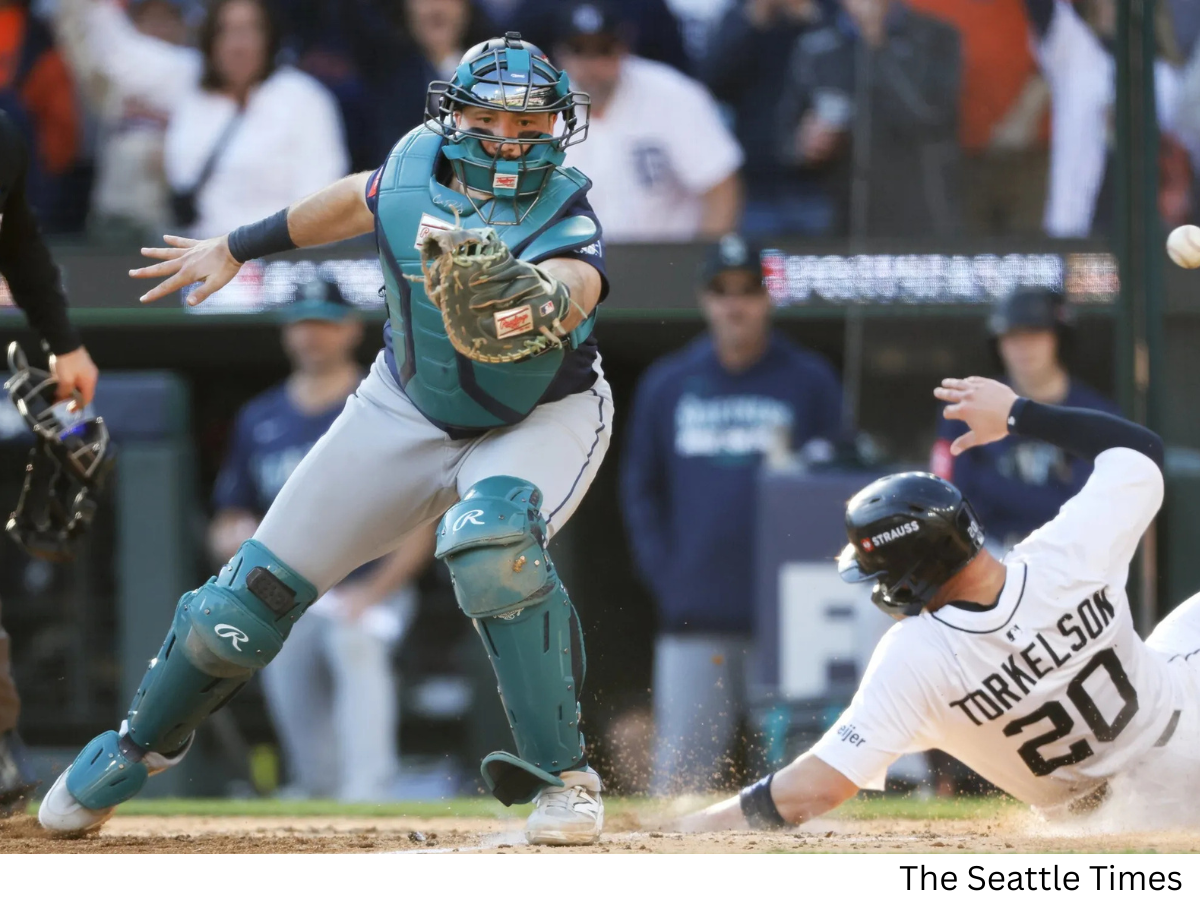Mercedes has finally put an end, at least temporarily, to speculation about its driver line-up for the 2026 Formula 1 season. The team announced that George Russell and Kimi Antonelli will remain behind the wheel, confirming what Mercedes boss Toto Wolff had long described as inevitable. In his statement, Wolff said that “confirming our driver line-up was always just a matter of when, not if,” effectively closing the door on months of conjecture.
However, the lead-up to this decision has been anything but straightforward. Throughout the season, rumors persisted that Max Verstappen could join Mercedes, creating tension and uncertainty, particularly for Russell. While Wolff had stated at the Australian Grand Prix that a Verstappen move was “not on any radar,” the team’s interest in the four-time world champion was never a secret within the F1 paddock.
Mercedes first approached Verstappen last year but eventually admitted defeat. Talks resumed during the current season, and it was Russell who openly acknowledged the situation at the Austrian Grand Prix in June. “It's only normal that conversations with the likes of Verstappen are ongoing,” he said. “But from my side, if I'm performing as I'm doing, what have I got to be concerned about? There are two seats in every Formula 1 team.” His comments came after a commanding victory in Canada, demonstrating that his form this season had strengthened his case to remain as a key figure in the team.
By the end of July, Verstappen himself sought to end the rumor mill, stating that it was “time basically to stop all the rumours.” Even then, Russell admitted the saga had taken its toll on him. Managed and employed by Mercedes, he approached the Hungarian Grand Prix aware that the possibility of a Verstappen deal had ended. Speaking about his contract prospects, he said, “Whenever we come to an agreement, we will get it done, but it has to work for both of us… We have been in a bit of a unique situation for the last few months. I don't have huge power in this agreement. And maybe interests were not aligned for the last six months. But it's my job to perform and reduce that risk.”
Russell’s statements highlight the delicate balance F1 drivers must maintain between performance and contractual security. Despite being one of the grid’s top talents and outperforming his rookie teammate Antonelli comfortably, the looming possibility of Verstappen joining Mercedes cast a shadow over his job certainty. The hierarchy in Formula 1 is clear, and Verstappen remains at its pinnacle. For Mercedes, signing Russell would have been a straightforward choice if Verstappen weren’t an option. With Verstappen in play, the team faced difficult decisions, as Russell may have been asked to make way for the Dutch superstar.
Had Verstappen joined Mercedes, the logical candidate to step aside would likely have been Antonelli. The rookie has shown flashes of promise this season but has also faced inevitable challenges in his first year. Russell, meanwhile, has consistently proven himself as a top performer. However, pairing Russell with Verstappen was never a simple prospect. Their relationship has been characterized more by mutual respect than friendship, and their public disagreement late last season suggested that a harmonious partnership was unlikely.
With Verstappen out of the picture for now, Russell has taken time to consider how he wants his professional relationship with the team to evolve. Contract negotiations have naturally taken some time, as both sides weigh performance expectations, team dynamics, and the new regulations set to take effect next season. These rules will bring major changes to cars and engines, with a greater emphasis on electric power and sustainable fuels—a technical shift that could impact Mercedes’ competitive position.
While Mercedes is regarded as being ahead in developing these new power units, the uncertainty has likely influenced Russell’s decision-making. The team’s announcement confirms the drivers will race “into 2026,” with Russell’s new contract described as “multi-year.” This could mean a one-year term with optional extensions or a more traditional two-year deal with options. Flexibility in the contract would allow Russell to reassess if Mercedes’ performance falls short under the new regulations.
Of course, the possibility of Verstappen joining Mercedes is not permanently closed. Wolff’s interest in the Dutch champion remains, and the competitive landscape next year could reignite discussions. Verstappen, who has dominated F1 with four consecutive championships, has recently faced challenges as Red Bull’s performance dipped in the latter half of last season and into this one. Even as he battles to retain his dominance, any sign of underperformance from Red Bull could make a move to Mercedes more appealing.
Russell is acutely aware of the pressures at play. Wolff has emphasized the constant scrutiny in F1, saying earlier this year, “When it comes to the contract situation, our sport is pressure, constant pressure. Whether you're in the car, outside the car, you just need to cope with that. And George knows that, like any other driver knows it. I feel that when you're being put in a comfort zone, sometimes that is actually more detrimental to performance than having a certain pressure point in the system.”
For now, Mercedes’ decision offers stability for Russell and Antonelli, allowing both drivers to focus on maximizing their performance as the season enters its final stretch. With seven races remaining and Mercedes sitting second in the constructors’ championship, maintaining continuity in the driver line-up could prove crucial. At the same time, the Verstappen question looms in the background, reminding everyone in Formula 1 that in this sport, nothing is ever truly settled.
As the paddock looks ahead to 2026, one thing is clear: Russell and Antonelli will remain at the forefront of Mercedes’ plans, but F1’s high-stakes environment guarantees that rumors, negotiations, and strategic shifts are never far away. Drivers must continually perform at the highest level while navigating the uncertainties of team dynamics and contract negotiations—a balancing act that defines the elite of Formula 1 racing.
%20(4).png)



.png)

.png)


